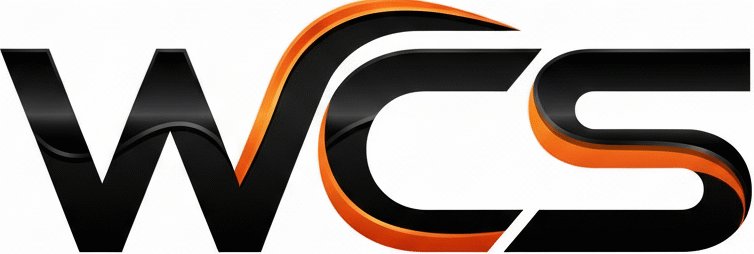
“`html
How to Fix Oil Leakage from Your Bike Engine at Home
Discovering an oil leak on your motorcycle engine can be alarming. Not only does it make a mess and attract dirt, but it also signifies a problem that could lead to serious engine damage if left unaddressed. The good news is that many common oil leaks can be identified and even fixed at home with some basic tools and a bit of patience. This guide will walk you through the process of diagnosing and addressing oil leaks in your motorcycle engine, saving you time and money on expensive mechanic visits. Remember, safety is paramount. Always work on your motorcycle in a well-ventilated area and disconnect the battery before starting any repairs.
Identifying the Source of the Oil Leak
The first step in fixing an oil leak is pinpointing its origin. Oil leaks can stem from various locations on your engine, and identifying the exact spot is crucial for a successful repair. Here’s a systematic approach to finding the leak:
- Clean the Engine: Start by thoroughly cleaning your engine with a degreaser and a brush. This will remove existing oil residue and make it easier to spot fresh leaks. Rinse thoroughly and allow the engine to dry completely.
- Run the Engine: After cleaning, start your motorcycle and let it run for a few minutes. Observe the engine closely, paying attention to areas where oil is most likely to leak, such as:
- Head Gasket: The area where the cylinder head meets the engine block.
- Valve Cover Gasket: The seal around the valve cover.
- Oil Pan Gasket: The seal between the oil pan and the engine block.
- Oil Drain Plug: The plug at the bottom of the oil pan used for oil changes.
- Oil Filter: The area around the oil filter and its mounting point.
- Seals and O-Rings: Around shafts, levers, and other moving parts.
- Use a UV Dye (Optional): For difficult-to-find leaks, you can add a UV dye to your engine oil. After running the engine, use a UV light to locate the source of the leak. The dye will glow brightly at the leak point.
Once you’ve identified the source of the leak, you can move on to the repair.
Addressing Common Oil Leak Locations
Now that you’ve found the leak, let’s look at some common areas and how to address them:
- Loose Fittings: Start with the simplest solution. Check the tightness of the oil drain plug, oil filter, and any other fittings or connections in the area of the leak. Use a wrench to gently tighten these components. Be careful not to overtighten, as this can damage the threads.
- Damaged Gaskets and Seals: Gaskets and seals can deteriorate over time, causing them to leak. If you’ve identified a leaking gasket (head gasket, valve cover gasket, oil pan gasket), you’ll need to replace it.
- Valve Cover Gasket Replacement: This is often a straightforward repair. Remove the valve cover, clean the mating surfaces thoroughly, install a new gasket, and reassemble. Torque the valve cover bolts to the manufacturer’s specifications.
- Oil Drain Plug Washer Replacement: Often, the leak is simply from a worn or damaged drain plug washer. Replace it with a new crush washer each time you change your oil.
- Damaged Oil Filter: Ensure the oil filter is properly tightened and that the rubber gasket is correctly seated. If the filter is damaged, replace it with a new one. Always lubricate the new filter’s gasket with a bit of fresh oil before installation.
Advanced Repairs and When to Seek Professional Help
Some oil leaks are more complex and may require professional assistance. Here are a few situations where it’s best to consult a mechanic:
- Head Gasket Leaks: While a minor head gasket leak might be temporarily addressed with a sealant, a significant leak indicates a more serious problem that requires professional attention. Replacing a head gasket is a complex job that involves removing the cylinder head and can be time consuming.
- Crankshaft or Camshaft Seal Leaks: These seals are located deep within the engine and require specialized tools and expertise to replace. Attempting to replace these seals without the proper knowledge can lead to further engine damage.
- Cracked Engine Cases: A crack in the engine case is a serious issue that requires welding or engine replacement. This is definitely a job for a professional.
Remember to always consult your motorcycle’s service manual for specific instructions and torque specifications. Using the correct tools and following the manufacturer’s recommendations will ensure a safe and effective repair.
Conclusion
Fixing an oil leak on your motorcycle engine can be a manageable task if you approach it systematically. By identifying the source of the leak and addressing it with the appropriate repair techniques, you can prevent further engine damage and keep your bike running smoothly. However, don’t hesitate to seek professional help if the leak is complex or you’re uncomfortable performing the repair yourself. Regular maintenance, including oil changes and inspections, is key to preventing oil leaks and ensuring the longevity of your motorcycle engine. By staying proactive, you can enjoy many miles of trouble-free riding.
“`
